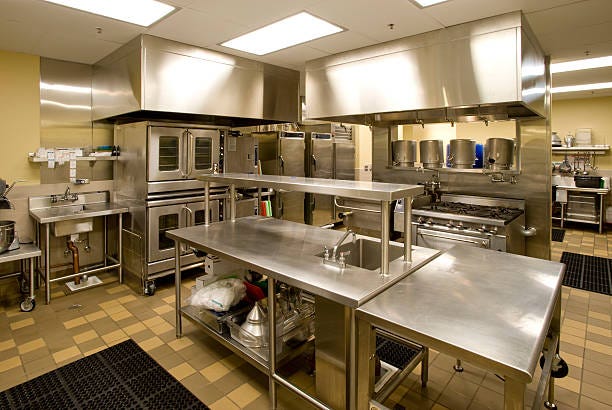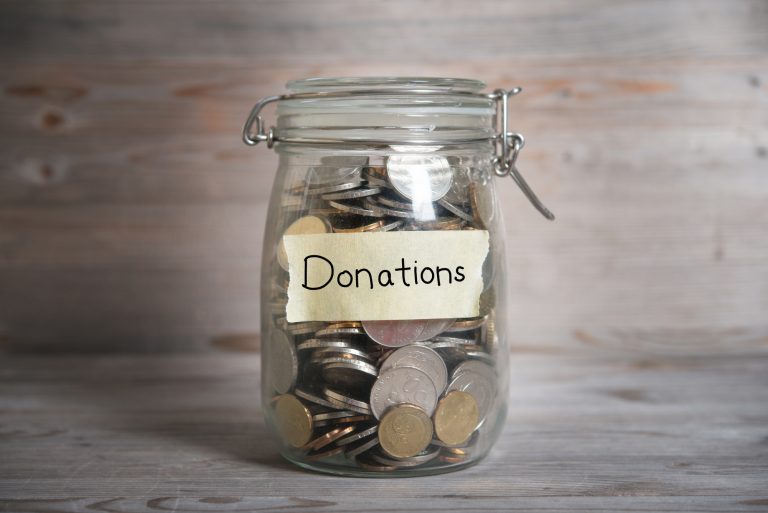The type of home siding remodeling services you decide to install on your house is a significant choice, and it’s frequently a challenging one given the wide range of options available. When selecting the exterior siding for your home, you should give durability, aesthetic appeal, cost, and maintenance requirements the highest priority. There are advantages and disadvantages to each type of siding in these respects.
- Vinyl Siding
One of the most popular options in the US is vinyl siding. It is a type of plastic siding that is frequently used on modest houses or apartment complexes that require weatherproofing (especially in areas that get lots of precipitation and storms). It is a beautiful exterior option because it can be found in a variety of colors.
Vinyl siding is a comparatively inexpensive choice. Installation costs for a typical 2,000-square-foot single-family home range from $6,150 to $15,900.
- Wood Sliding
One of the earliest types of exterior siding is wood. It can be stained or painted to look however you want, making it very versatile. Additionally, it is available in a variety of configurations, such as vertical boards and shingles, to enable homeowners to create any desired look. The price of wood siding can vary from $7,000 to $23,000 depending on the arrangement.
- Metal Sliding
Many homeowners only associate metal with roofing, but it’s also becoming more common to use it for exterior siding. It can be found in a variety of materials, including steel and aluminum, and is sturdy and relatively simple to install. After installation, metal siding practically never needs maintenance. Due to its durability, metal siding can withstand cold and snowy weather as well as high temperatures.
- Fiber Cement Siding
Fiber cement siding is a great option for those looking for exterior siding that will last at least 30 years because it is strong and long-lasting. Homeowners who reside in harsh climates will benefit most from fiber cement siding because it can withstand stormy weather conditions like hail and strong winds.
- Brick Siding
Brick is a traditional and timeless exterior siding material that has long been the industry standard due to its durability. In contrast to wood or vinyl siding, which tends to fade in the sun, brick siding doesn’t need to be regularly repainted. Brick is a very low-maintenance exterior siding choice that, on average, has a lifespan of at least 100 years.
Siding is not only a great way to make a house look more attractive, but it’s also a crucial safety feature and an investment in the value of your house. When selecting siding for your home, it’s important to keep in mind the benefits and drawbacks of each siding material because their durability and price ranges vary depending on the type used.








